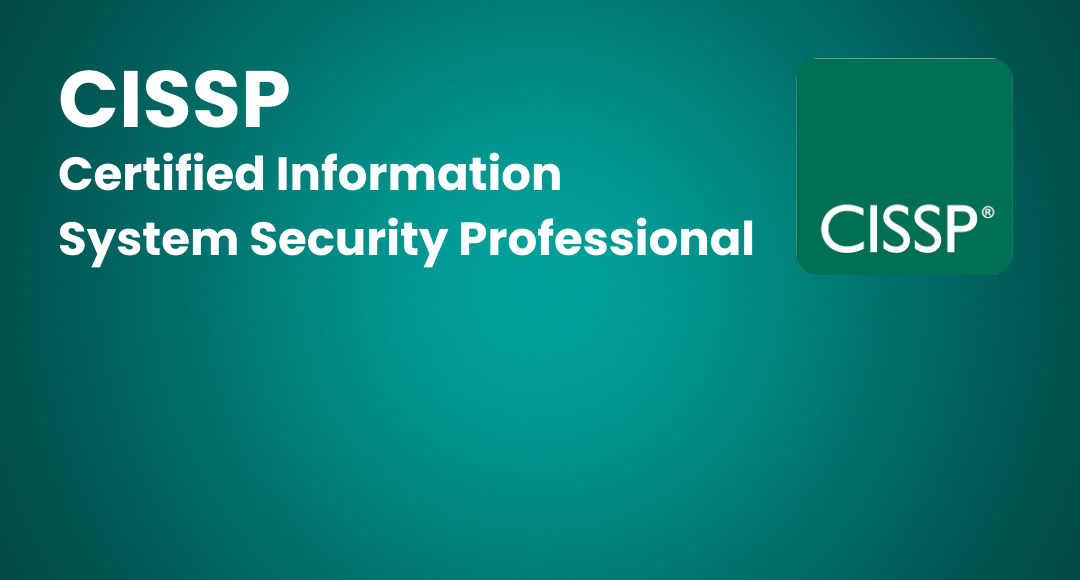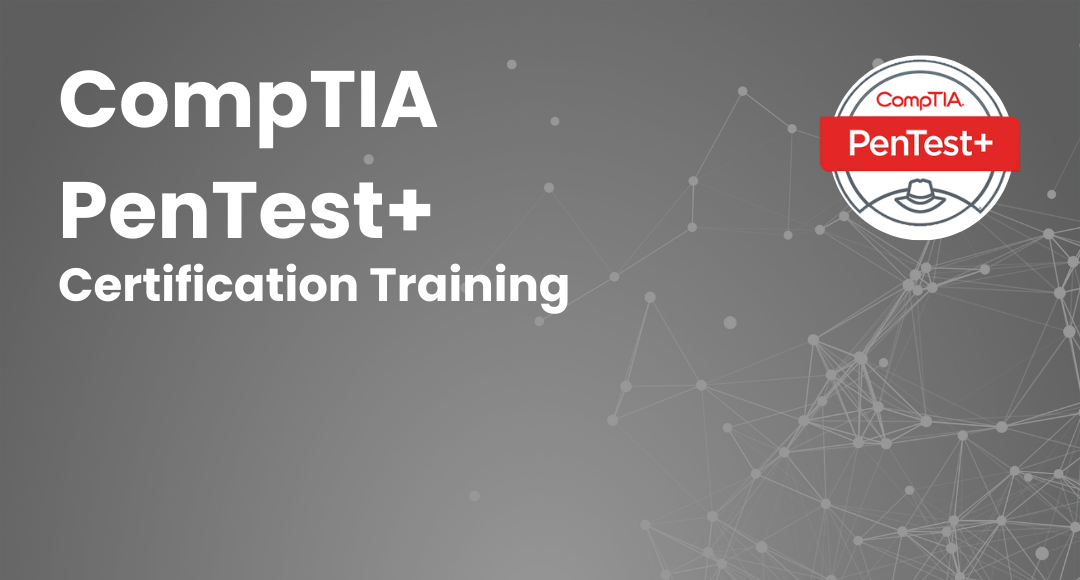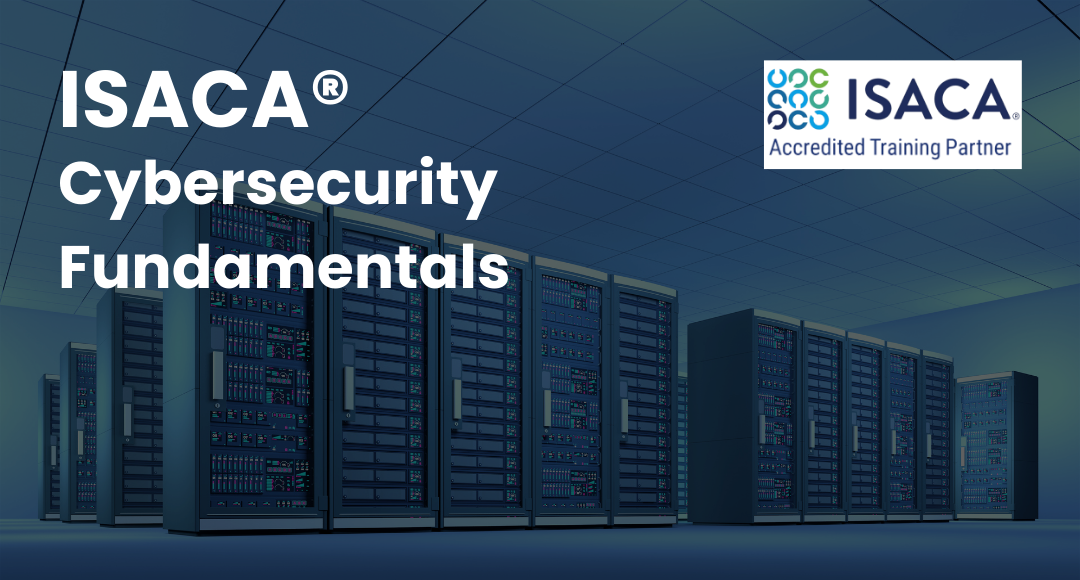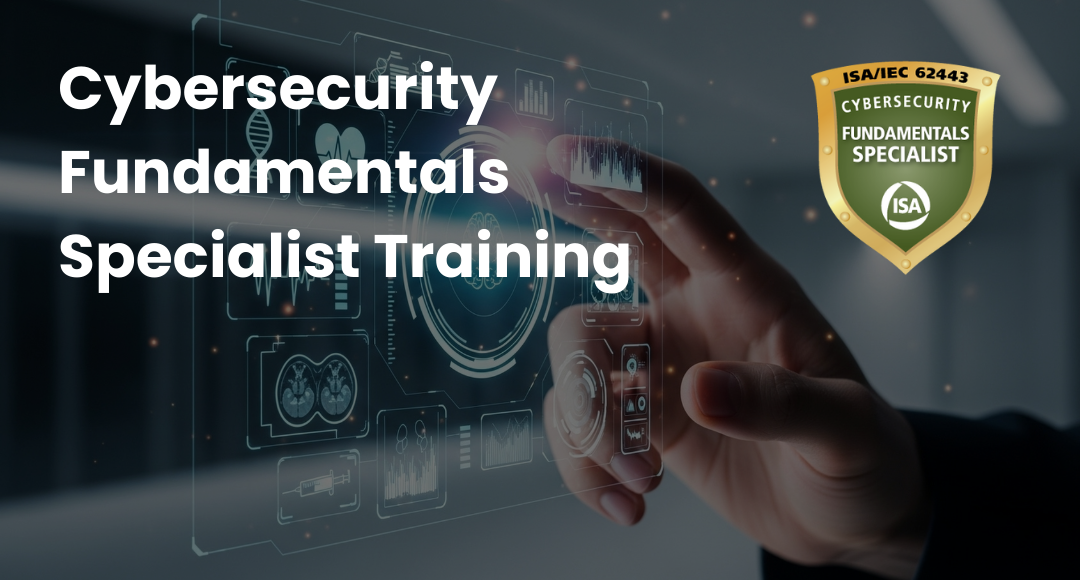Demystifying Cloud-Based Cyber Attacks: A Comprehensive Guide
-
 By Niharika Chaurasia
By Niharika Chaurasia - Published on Aug 17 2023

Table of Contents
Introduction to Cloud-based Attacks
Welcome to the intriguing realm of cloud-based cyberattacks, where organizations worldwide face an ever-growing risk of malicious activities. In this captivating blog, we will delve into the formidable threat landscape that targets the cloud and provide you with a comprehensive understanding of its vulnerabilities.
As cloud-based cyberattacks continue to evolve in sophistication and prevalence, it is crucial for businesses to remain vigilant and take proactive measures to protect their cloud environments. By gaining insights into the distinct challenges and risks associated with cloud security, you can fortify your defenses and safeguard your valuable data and assets.
So buckle up and join us as we set out on this interesting excursion. We'll explore the most recent trends, analyse actual cases, and arm you with suggested practices to improve your cloud security measures. In addition, we are going to arm ourselves with the data and resources necessary to reduce risks and guarantee a safe cloud platform for your organisation.
Are you ready to broaden your knowledge of cloud security and put yourself in the world of cloud-based cyberattacks? Let's go out on this encouraging journey, where we will reveal priceless tips and tactics to protect our data from the constantly changing risk landscape.
Overview of Cloud Security Challenges
Organisations are rapidly using cloud computing in today's digital age to improve adaptability, scalability, and cost-effectiveness. However, this move to the cloud that brings a unique set of security concerns. Here are some key cloud security challenges that organizations face:
Data Protection
Safeguarding sensitive data stored in the cloud is paramount. Organizations must ensure proper encryption, access controls, and data segregation to protect against unauthorized access and data breaches.
Lack of Control
When utilizing cloud services, organizations relinquish some control over their infrastructure and data. This makes it essential to have trust in the cloud service provider's security measures and practices.
Shared Responsibility
Cloud security is a shared responsibility between the organization and the cloud service provider. While the provider is responsible for securing the underlying infrastructure, organizations must secure their applications, data, and access controls.
Compliance and Regulatory Requirements
Compliance with industry-specific regulations, such as GDPR or HIPAA, adds complexity to cloud security. Organizations need to ensure that their cloud environment meets the necessary compliance standards.
Types of Cloud-Based Cyber Attacks

Data Breaches and Unauthorized Access
Data breaches in cloud environments occur when unauthorized individuals gain access to sensitive data stored in the cloud. Attackers exploit vulnerabilities in the cloud infrastructure or target weak authentication mechanisms to bypass security controls and gain unauthorized access.
Once inside, they can steal, manipulate, or expose confidential information, resulting in severe financial, reputational, and legal consequences for organizations.
According to the 2021 Verizon Data Breach Investigations Report, 80% of data breaches involved brute force or stolen credentials.
To mitigate the risk of data breaches, organizations should implement strong access controls, regularly update and patch cloud systems, and encrypt sensitive data to protect it from unauthorized access.
DDoS Attacks and Service Disruptions
Attacks known as distributed denial of service (DDoS) attempt to overload cloud infrastructure or services with an excessive amount of traffic. These assaults reduce the availability of cloud services, resulting in service interruptions, monetary losses, and reputational harm to an organisation. DDoS attacks saw a 151% increase in volume in 2020, lasting 10 hours on average.
To defend against DDoS attacks, organizations should implement robust network security measures, such as traffic filtering, load balancing, and utilizing content delivery networks (CDNs) to distribute traffic. Regular monitoring and incident response plans are also crucial to detect and mitigate DDoS attacks promptly.
Malware and Ransomware Infections
Malware and ransomware pose significant threats to cloud environments, infecting systems, compromising data integrity, and disrupting operations. Malware is any harmful program intended to enter networks and cause damage, whereas ransomware encrypts data and requires a ransom to decrypt it.
The average ransom demand was above $100,000 in 2020, and ransomware assaults increased by 62%.
Organisations ought to implement strong antivirus and anti-malware solutions, frequently update software and systems, conduct frequent backups, and educate employees on the dangers of downloading and running files that look suspicious to defend themselves against malware and ransomware attacks.
Account Hijacking and Credential Theft
Account hijacking occurs when attackers utilise stolen or weak login credentials, phishing attacks, or other techniques to gain unauthorised usage of cloud user accounts. Once inside, attackers can steal sensitive data, manipulate configurations, or launch further attacks.
The 2021 Verizon Data Breach Investigations Report states that 61% of data breaches comprised stolen login information.
Organizations should enforce strict password restrictions, put multi-factor authentication (MFA) in place, continually monitor account activity for unusual activity, and inform users about methods of phishing and safe online conduct to prevent account hijacking.
Insider Threats and Misconfiguration Errors
Insider threats refer to the misuse or abuse of privilegedaccess by individuals within an organization, while misconfiguration errors involve unintentional mistakes that compromise cloud security. Both pose significant risks to the confidentiality, integrity, and availability of cloud-based resources.
According to the 2021 Verizon Data Breach Investigations Report, insiders were responsible for 23% of data breaches. These threats can be caused by disgruntled employees, careless actions, or malicious intent. The consequences can range from data theft to sabotage or unauthorized system changes.
To mitigate insider threats and misconfiguration errors, organizations should implement least privilege access controls, conduct regular security awareness training, monitor user activities, and regularly review and update cloud configurations to ensure proper security settings.
Organisations are better able to plan and put in place the necessary security measures when they are conscious of the many kinds of cloud-based cyber threats. It is essential to keep up with the most latest dangers, make investments in reliable security solutions, and promote a culture of security awareness inside the company.
Businesses could reduce risks and safeguard their valuable digital assets by taking a proactive and all-encompassing approach to cloud security.
Real-Life Examples: Noteworthy Cloud-Based Cyber Attacks
Cloud-based cyber attacks are already an unpleasant reality for businesses in a variety of sectors. Let's take a deeper look at a few instances from everyday life that demonstrate the importance of these concerns and how they impact enterprises.

Capital One Data Breach
In July 2019, Capital One, a prominent financial institution, experienced a major data breach that compromised the personal information of over 100 million customers.
Sensitive customer data stored in the organization's Amazon Web Services (AWS) cloud infrastructure was accessed without authorization by the attacker through the use of a cloud environment's improperly configured web application firewall.
Names, addresses, credit ratings, and Social Security numbers were among the personal data exposed in the incident, which caused serious financial and brand harm to Capital One.
Garmin Ransomware Attack
In July 2020, Garmin, a leading GPS and fitness tracker company, fell victim to a ransomware attack that impacted its cloud-based services. The attack caused widespread disruptions, affecting Garmin's website, customer support, and even its aviation services.
The ransomware incident, believed to be orchestrated by the notorious Wasted Locker group, encrypted Garmin's systems and demanded a ransom payment in exchange for restoring access. The attack highlighted the vulnerabilities of cloud-based services and the need for robust cybersecurity measures to protect critical infrastructure.
AWS S3 Bucket Misconfiguration
Millions of customer records belonging to Verizon, Dow Jones, and other companies were made publicly available in 2017 because to an incorrectly setup AWS S3 bucket. Personal identification information (PII) and other private data were unintentionally exposed as a result of the misconfiguration that made it possible for anyone to access sensitive data kept in the cloud.
This incident served as a reminder of the importance of properly configuring cloud storage services and implementing access controls to prevent unauthorized access and data exposure.
Capital Group Phishing Attack
In 2021, the Capital Group, an investment management firm, experienced a phishing attack that targeted its employees using cloud-based email services. The attackers sent convincing phishing emails, tricking employees into revealing their login credentials.
With the compromised credentials, the attackers gained unauthorized access to sensitive data and potentially compromised client information. The incident highlighted the need for robust employee training, email security measures, and multi-factor authentication to combat phishing attacks targeting cloud-based platforms.
Best Practices for Securing the Cloud
Any organisations need a secure cloud and to achieve that its necessary to follow and implement best practices. By following these guidelines organisations can fortify their cloud infrastructure and protect valuable data.

Choosing a Reliable Cloud Service Provider
Consider reputation, security measures, and compliance with industry standards. Verify incident response capabilities.
Implementing Strong Authentication and Access Controls
Use multi-factor authentication (MFA), strict password policies, and role-based access control (RBAC) to limit privileges.
Encrypting Data in Transit and at Rest
Employ strong encryption algorithms for data in transit and at rest. Utilize secure protocols for communication.
Regular Monitoring and Auditing
Implement robust logging and monitoring systems. Conduct security assessments and vulnerability scans. Stay updated on emerging threats.
Employee Training and Awareness
Educate employees about cloud security risks and best practices. Train them to recognize and report threats. Promote strong passwords and security policies.
Conclusion
By following these best practices, organizations can enhance cloud security and mitigate the risk of cyber-attacks. Ongoing monitoring, adaptation, and employee education are crucial for maintaining a secure cloud environment.
It's critical to be on observed and protect your cloud-based data in an environment where the digital landscape is changing quickly. You can decrease the dangers of cloud-based cyber-attacks by putting strong security measures in place, such as strong authentication, encryption, and regular monitoring.
Enhance your cybersecurity skills and protect valuable data with Sprintzeal's top-notch cybersecurity courses. From Certified Cloud Security Professional (CCSP) to Certified Information Systems Security Professional (CISSP), we offer exciting opportunities for beginners and intermediate learners.
Stay ahead of threats and take your cybersecurity journey to the next level. Explore Sprintzeal's cybersecurity courses today and become a cybersecurity champion!
Subscribe to our Newsletters
Popular Programs
CISSP® - Certified Information System Security Professional
Live Virtual Training
- 4.9 (964 + Ratings)
- 31k + Learners
CISA® - Certified Information System Auditor
Live Virtual Training
- 4.7 (426 + Ratings)
- 2k + Learners
CISM® - Certified Information Security Manager
Live Virtual Training
- 4.7 (200 + Ratings)
- 60k + Learners
CCSP® - Certified Cloud Security Professional
Live Virtual Training
- 4.3 (964 + Ratings)
- 29k + Learners
Trending Posts
A Comprehensive Guide to Building Risk-Based Internal Audit Plan
Last updated on Dec 19 2023
Recent Cyber Attacks & Data Breaches in 2026
Last updated on Jul 25 2023
Latest Trends in CyberSecurity
Last updated on Mar 4 2025
List of Top Information Security Certifications in 2026
Last updated on Jul 28 2023
How to Stay Cyber-Secure in Work and Personal Life (Tips and Practices)
Last updated on Oct 23 2024
Enhancing Safety and Competence in Today's Workplace
Last updated on Apr 8 2025
Categories
- Other 71
- Agile Management 48
- Cloud Computing 57
- Project Management 174
- Big Data 67
- Business Management 88
- Digital Marketing 81
- IT Service Management 29
- Programming Language 59
- AI and Machine Learning 85
- IT Security 112
- Quality Management 78
- IT Hardware and Networking 26
- Microsoft Program 5
- Workplace Skill Building 14
- Risk Management 9
- Information Security 8
- Leadership and Management 9
- Corporate Training and Development 1
Trending Now
Top 5 Compelling Reasons To Get A Cyber Security Certification
ebookHow to Become IT Security Expert with CISSP Certification
ebookTop 20 Reasons You Should Get a CISSP Certification
ebookWhat is CISSP? – Everything about CISSP Certification Explained
ebookPass CISSP Exam - How to Clear CISSP Exam in First Attempt 2026 (UPDATED)
ebookCISSP Certification – Top 25 Career Benefits in 2026
ebookCybersecurity – Everything You Need to Know About it
ebookUpdated Google Certification Training Course list 2026
ArticleWhich Certification is best for Cybersecurity?
ebookWhich Cybersecurity Certification Should I Get First?
ebookCysa+ certification – Should you get it?
ebookList of Top Security Certifications
ArticleEasiest Security Certification to Get
ebookCISM certification cost and career benefits
ebookCybersecurity Fundamentals Explained
ebookISACA Certifications List 2026
ebookCareer Benefits of CISM Certification in 2026
ArticleList of Top Information Security Certifications in 2026
ebookCISM certification cost details
ArticleMitigate the Cyber-Attack Risks with Best Cyber Security Protocols
ebookCybersecurity Interview Questions and Answers 2026
ebookTop Cybersecurity Software Tools In 2026
ebookInformation Security Analyst - Career, Job Role, and Top Certifications
ebookCyber Security Analyst - How to Become, Job Demand and Top Certifications
ebookWhat is Data Security - Types, Strategy, Compliance and Regulations
ebookData loss Prevention in Cyber Security Explained
ebookCybersecurity Controls Explained in Detail
ebookCybersecurity Framework - A Complete Guide
ebookWhat is Cryptography - A Comprehensive Guide
ebookData Leak - What is it, Prevention and Solutions
ebookCybersecurity Career Paths Guide
ebookFuture of Cybersecurity - Trends and Scope
ebookCyber Security Careers and Outlook - 2026 Guide
ebook5 Cybersecurity Predictions in 2026 - Trends and Challenges
ebookScope for Cybersecurity in 2026 - Latest Update
ebookEthical Hacking Career: A Career Guide for Ethical Hacker
ebookApplication Security: All You Need To Know
ebookCybersecurity Roles - Top Roles and Skills to Consider in 2026
ebookHow to Get Cyber Essentials Certified
ebookTop 10 Cyber Security Threats and How to Prevent Them
ebookTop 10 Network Scanning Tools of 2026
ebookCyber Incident Response Plan: A Comprehensive Guide
ebookInformation Assurance Careers - Exploring Career Paths
ebookWhat is the Department of Defense (DoD) Directive 8140
ebookCybersecurity Mesh Architecture: What It Is and How to Build It
ebookWhat is Threat Modeling? Methodologies, Types, and Steps
ebookWhat is Digital Forensics? Types, Process & Challenges
ebookInformation Assurance Model in Cybersecurity
ebookHow to Become an Information Security Analyst Salary, Skills, and More
ArticleList of Top Department of Defense (DoD) Approved 8570 Certification Courses
ebookTop 5 Ransomware Attacks to Watch Out for in 2026
ebookJob Prospects for DoD Certified Professionals: A Pathway to Success in cybersecurity
ebook10 Biggest Data Breaches of the 21st Century
ebookWhat is a Cybersecurity Incident?-Types, Impact, Response Process and More
ebookCyber Security Planning - A Detailed Guide for Risk Mitigation
ebookWhat is Cybercrime? Exploring Types, Examples, and Prevention
ebookRecent Cyber Attacks & Data Breaches in 2026
ebookCybersecurity Strategy: Building a Strong Defense for Business
ebookCybercrime Impacts On Business: 6 Major Effects
ebook5 Types of Cyber Attacks You Should Be Aware of in 2026
ebookCloud Cyber Attacks: Causes, Types, Prevention and Protection
ebookCloud Malware: Types of Attacks and Security Measure
ebookCyber Attack Statistics and Trends to Know in 2026
ebookList Of Top Cybersecurity Threats In 2026
ebookSafeguarding Digital Domain: 10 Most Common Cybercrimes
ebookPrevent Cyber Attacks: Strategies to Protect Your Digital Assets
ebookList of Top 10 Cybersecurity Careers in 2026
ebookTop 20 Cybersecurity Trends to Watch Out for in 2026
ArticleHow to Become Cybersecurity Engineer
ArticleUnderstanding Risk assessment in audit planning
ArticleFundamentals of Risk-Based Auditing: A Strategic Framework
ArticleRisk-based Audit Planning Guide for Beginners
ebookTop 8 Types of Cybersecurity Jobs and Salary Insights
ArticleA Comprehensive Guide to Building Risk-Based Internal Audit Plan
ArticleRisk-Based Internal Auditing Approaches: 7 Steps to Explore
ArticleCompTIA Security+ 601 vs. 701: Understanding Key Differences
ArticleWhy and How to Perform a Risk-Based Internal Audit
ArticleRisk-Based Auditing Techniques Explained
ebookEvolving Cyber Threats and Vulnerabilities in Cybersecurity Risk Management
ArticleWhat Is Secure Access Service Edge (SASE)?
ArticleHow to Stay Cyber-Secure in Work and Personal Life (Tips and Practices)
ArticleIBM Data Breach: Is IBM Really Breach-Proof?
ArticleTarget Cyber Attack: Key Lessons from the 2013 Data Breach
ArticleLinkedIn User Data Protection Explained
ArticleCanva Data Breach: Best Lessons for Users and Businesses
ArticleHow Did Capital One Respond to Their Major Cyber Incident?
ArticleWhat Innovative Measures Did Reddit Take to Protect User Data?
ArticleHow Does Slack Respond to Security Challenges?
ArticleTwitch Data Breach: Response, Changes, and Key Takeaways
ArticleGuess What Google Did When a Employee Breached Their Firmware
ArticleEthical Hacking Tools: Best Ones for Cybersecurity in 2026
ArticleWhat Happened When Cisco Faced a Cyber Incident?
ArticleWhat Sony Did to Rebuild Trust After a Major Cyberattack
ArticleHow to Handle a Data Breach? Learn from Microsoft!
ArticleCybersecurity Mesh: A New Approach for Security Design
ArticleHow Target Turned a Cyber Crisis into a Lesson for All
ArticleDropbox Data Breach: What Companies Can Learn from It
ArticleHow JPMorgan Chase Strengthened Security After Facing Cyber Threats
ArticleThe Future of Online Security: Trends to Watch in 2026
ArticleLatest Trends in CyberSecurity
ArticleTop 12 Cyber Security Apprenticeships with High Earning Potential in 2026
ArticleEnhancing Safety and Competence in Today's Workplace
ArticlePrivacy at Your Fingertips: How iPhone Users Can Use Tools Securely
ArticleAge Matters: Understanding the Generational Gap in Online Safety Education
ArticleCybersecurity 101: Why Cybersecurity is the Hottest Career Right Now
ArticleWhy Cybersecurity Training Should Be Part of Every Professional's Career Plan
ArticleHow to Protect Your Data When Traveling to Countries Like Malaysia?
ArticleTop Online Master's in Cybersecurity Programs for Working Professionals
ArticleHow AI Detectors Strengthen Cybersecurity in Modern Networks
ArticleHow to Become a Cybersecurity Engineer: Step-by-Step Career Guide
ArticleWhy Certification in Risk and Compliance Is Critical in Today’s Financial World
Article



















